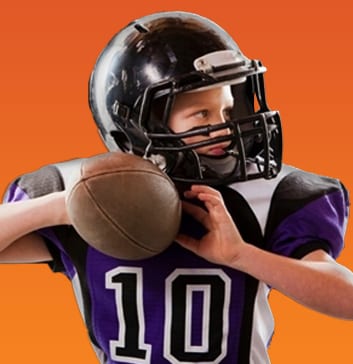Play It Safe
August 16, 2013

From concussions to heat exhaustion, it seems like we’re hearing more and more about the hazards of youth team sports. While there are always going to be some bumps and bruises, there are steps you can take to help keep your child safe and in the game.
Always get a pre-participation exam.
Most schools now require athletes to get pre-participation physical exams before they can compete. But even if your school or league does not, it’s essential to make sure your child is in good shape physically before they play. What’s more, coaches and teachers should be made aware of any issues with your child’s health – such as allergies or asthma – that could be triggered by athletic activity.
Be comfortable with the coach, the facility and the equipment.
Is the coaching staff certified in first aid and CPR? Are the facilities clean and safe? Is equipment well maintained and in working order? What’s the action plan if an athlete gets hurt? A lack of attention to any of these important details should be a red flag.
Avoid the heat.
Even the most conditioned athletes struggle in the heat. And while an athlete’s body can be acclimated to performing in high temperatures, this is a weeks-long process that is done under careful supervision and monitoring. That being said, when it comes to heat, use common sense. If you think it’s too hot for your child to play, it probably is. Heat-related illnesses are extremely dangerous. Why risk it?
Drink up.
Dehydration is also very dangerous and is a real problem in warmer areas. Make sure your child drinks plenty of water before, during and after participation. If your child is engaged in intensive physical activity lasting more than 60 minutes – such as long-distance running – a sports drink might be needed. However, for most activities, water is your best bet.
Be concussion conscious.
Concussions are serious injuries for athletes of all ages. But they are particularly dangerous in young players. Learn the signs and symptoms of a concussion, and always make sure your child is wearing the appropriate safety gear.
Rest and recover.
Taking some time off from a sport or activity can help prevent overuse injuries, fatigue and mental burnout. Kids need at least two days off a week from any sport, and at least 10 weeks of rest time from any one sport each year.
